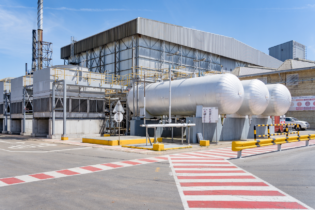
Although the El Nino that started the drought in South Africa is showing signs of slowing down, the looming winter season will leave the country dry.
“The intensification and spatial expansion of climatological drought may be waning but the effects thereof will take time to rescind. The drought lasts for periods of between six to nine months, but in some cases it can last up to two years.”
Dlamini predicted that the country would have a higher than normal rainfall in the next few weeks that should come to an end in the second week of April. However, he pointed out that the rains would have little impact, if any, as the country will go into autumn and winter, which are dry periods. “The El Nino was expected to be followed by the La Nina phenomenon when the country relapses into summer later in the year. The phenomenon brings about heavy downpours that are accompanied by floods,” he said. The Department of Water and Sanitation has spent R78 million on drought relief and R38 million was spent on water tankering and fixing reservoirs throughout the country.






